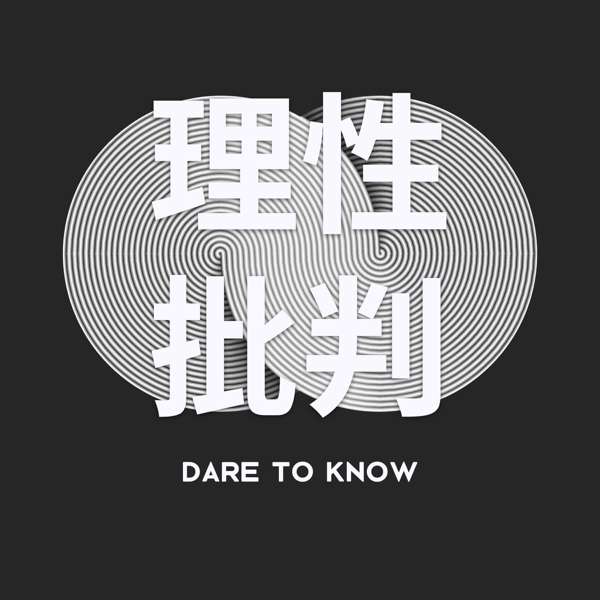Queens of the Mines features the authentic stories of gold rush women who blossomed from the camouflaged, twisted roots of California. In Chapter Three, we will continue the story of the true pioneer of San Francisco’s Chinatown, Ah Toy, whose story highlights important aspects of the role the Chinese immigrants played in America’s Largest Migration, The Gold Rush.
Lotus
“Between the graves and the city wall stood a low building, in a clump of cedar trees.” Two Americans noted as they passed by a large cemetery while visiting China during the early 1850’s. “That is the Baby-tower, tended by the Buddhist Nunneries.” The building was a structure that was commonly built for the disposal of infants, used by parents too poor for burial costs or too ashamed of the murder of thier child. Tied up in a package, the infant would be thrown into one of the openings of the tower, or rather well, as it is sunk some distance below the earth. The babies left in the towers soon died of hunger, cold, or the heat but sometimes survived for up to two days. “The top, which rose about ten feet above the ground, was roofed, and looking into it, we saw that the tower was filled.” In a mound of bamboo straw that moves with the crawling of the worms, tiny legs and arms, and little fleshless bones, protrude. Those who passed by had to ignore the screaming cries.
Every few days the person or group of people who built the tower would clear it out and either bury the babies or burn the heap. They would spread the ashes over the land. “Was this a cemetery or a slaughterhouse?” The Chinese said it was only a tomb. There was no inquiry, no check. The parent had the power to kill or to save. As the conditions worsened in 19th century China, families were struggling to feed all of the members just to survive. If you were a woman born in China at the time, you would not have been considered as valuable in comparison to being born male. You would have been extremely vulnerable to being given up, killed, or sold off by your family. If not, you would have been perceived as subservient, your future role, a homemaker. Confucianism in China considered a son necessary for the guarantee of provision of security. It was believed that money spent on raising a female was not a logical investment. For the purpose of avoiding poverty, and population control, female gendercide, also known as gynocide, femicide or infanticide, has been practiced since ancient times. In result, female babies were left in the towers, or often suffocated, drowned or starved. The pressure on a woman to have a boy, and not have more than one child was beyond worrying. Buddists condemned the killings of young girls and insisted it would bring bad karma. However, the Buddhist belief in reincarnation meant that they believed that the death of an infant was not final. The child would be reborn. This belief eased guilty feelings that consumed parents. If your family was not in danger of poverty, actions would be taken to make you a more desirable bride. The ultimate woman bore a three-inch foot, known as a “golden lotus. Four-inch feet or “silver lotus”, were considered respectable, and feet that were five inches or longer were called the “iron lotus” and much less desirable. The prospects for marriage would be low for a girl with the iron lotus. Tiny feet were made possible by the process of foot binding, which began when a girl was at the age of 5 or 6. The pain was excruciating yet millions of Chinese women were devoted to the tradition. Try to imagine what it must have been like to endure this process as a young child. First, your feet would be submerged into extremely hot water, your toenails cut down as short as possible. Your feet would then be oiled and massaged before all of your toes, except the big toes, were snapped and forced flat against your sole, making a triangle. Bent double, the arch of your foot would be strained and folded in half. Ten foot long silk strips that w
---
Send in a voice message: https://podcasters.spotify.com/pod/show/andreaandersin/message

 Our TOPPODCAST Picks
Our TOPPODCAST Picks  Stay Connected
Stay Connected







